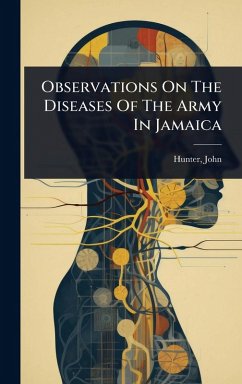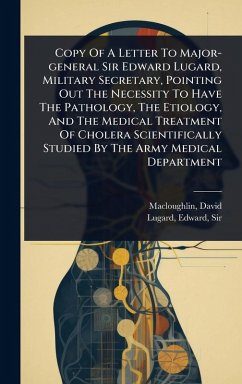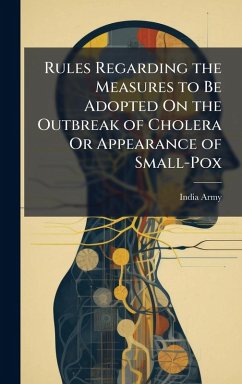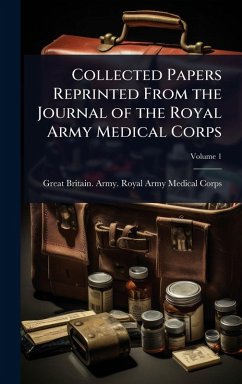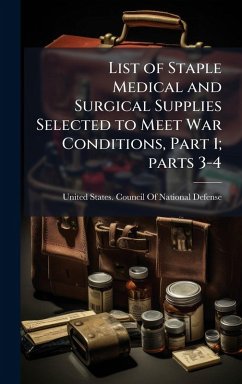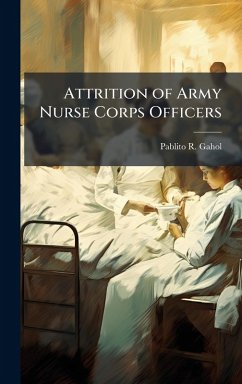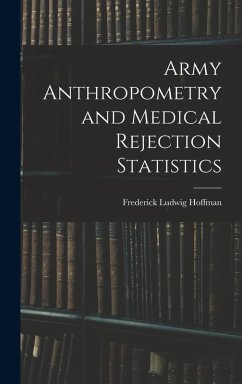
Infection-diseases In The Army
Versandkostenfrei!
Versandfertig in über 4 Wochen
27,99 €
inkl. MwSt.

PAYBACK Punkte
14 °P sammeln!
"Infection-diseases In The Army: Chiefly, Wound Fever, Typhoid, Dysentery And Diphtheria" by Rudolf Ludwig Karl Virchow provides a detailed look at the prevalent infectious diseases affecting soldiers. This historical work offers insights into the medical challenges faced by military personnel, focusing on wound fever, typhoid, dysentery, and diphtheria. Virchow's observations and analyses shed light on the conditions and treatments of these diseases within the army, making it a valuable resource for understanding the history of military medicine and public health. This book is essential for h...
"Infection-diseases In The Army: Chiefly, Wound Fever, Typhoid, Dysentery And Diphtheria" by Rudolf Ludwig Karl Virchow provides a detailed look at the prevalent infectious diseases affecting soldiers. This historical work offers insights into the medical challenges faced by military personnel, focusing on wound fever, typhoid, dysentery, and diphtheria. Virchow's observations and analyses shed light on the conditions and treatments of these diseases within the army, making it a valuable resource for understanding the history of military medicine and public health. This book is essential for historians, medical professionals, and anyone interested in the intersection of medicine and military history. This work has been selected by scholars as being culturally important, and is part of the knowledge base of civilization as we know it. This work was reproduced from the original artifact, and remains as true to the original work as possible. Therefore, you will see the original copyright references, library stamps (as most of these works have been housed in our most important libraries around the world), and other notations in the work. This work is in the public domain in the United States of America, and possibly other nations. Within the United States, you may freely copy and distribute this work, as no entity (individual or corporate) has a copyright on the body of the work. As a reproduction of a historical artifact, this work may contain missing or blurred pages, poor pictures, errant marks, etc. Scholars believe, and we concur, that this work is important enough to be preserved, reproduced, and made generally available to the public. We appreciate your support of the preservation process, and thank you for being an important part of keeping this knowledge alive and relevant.




